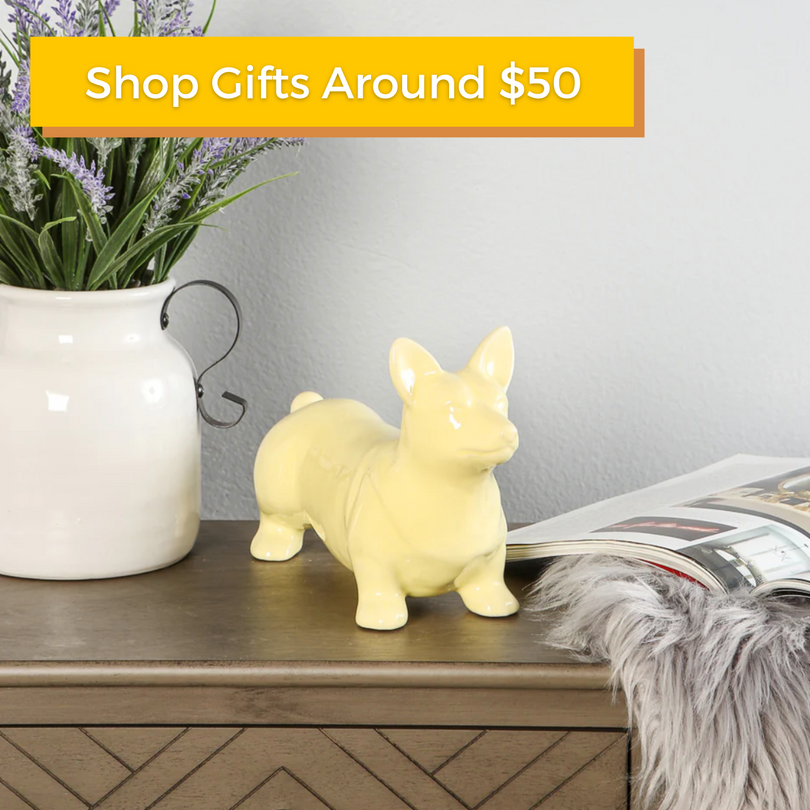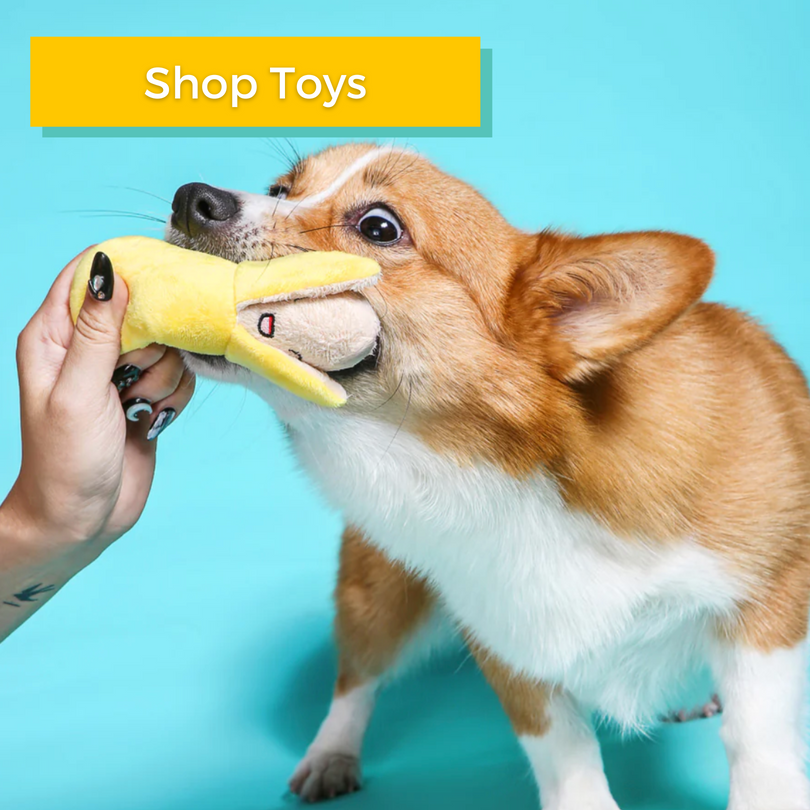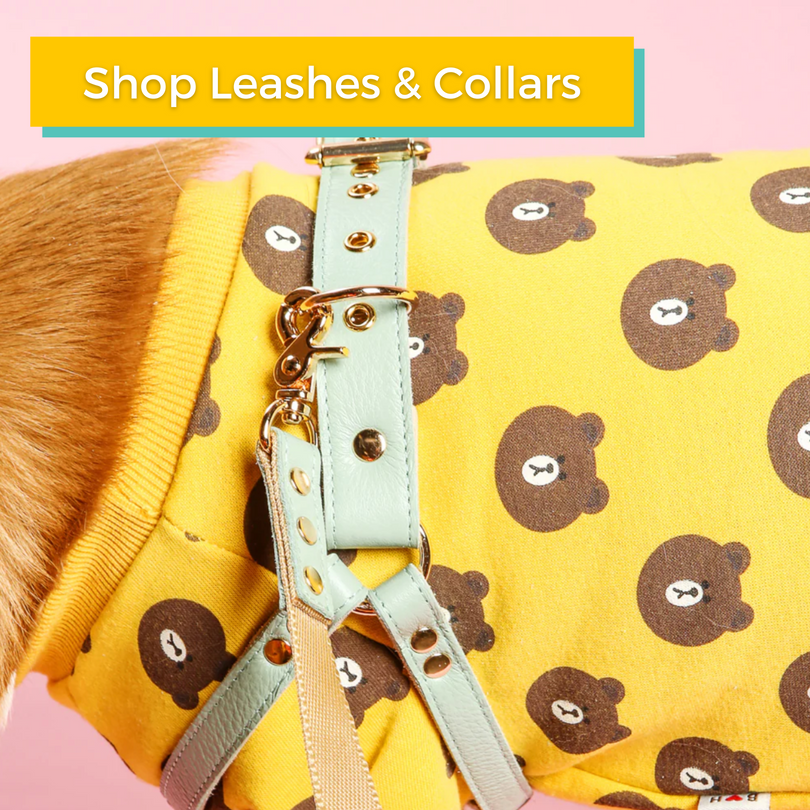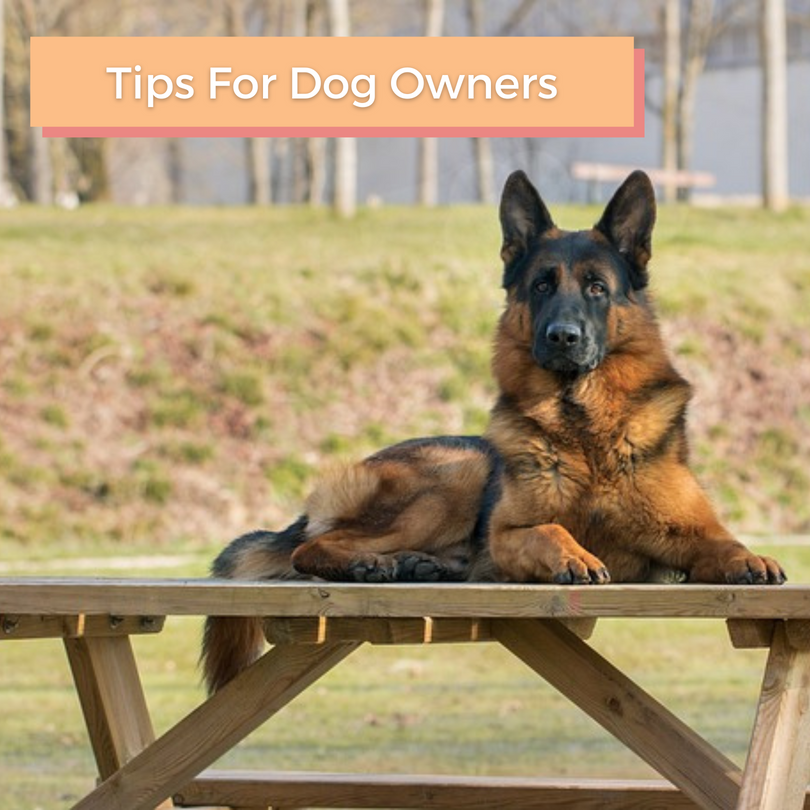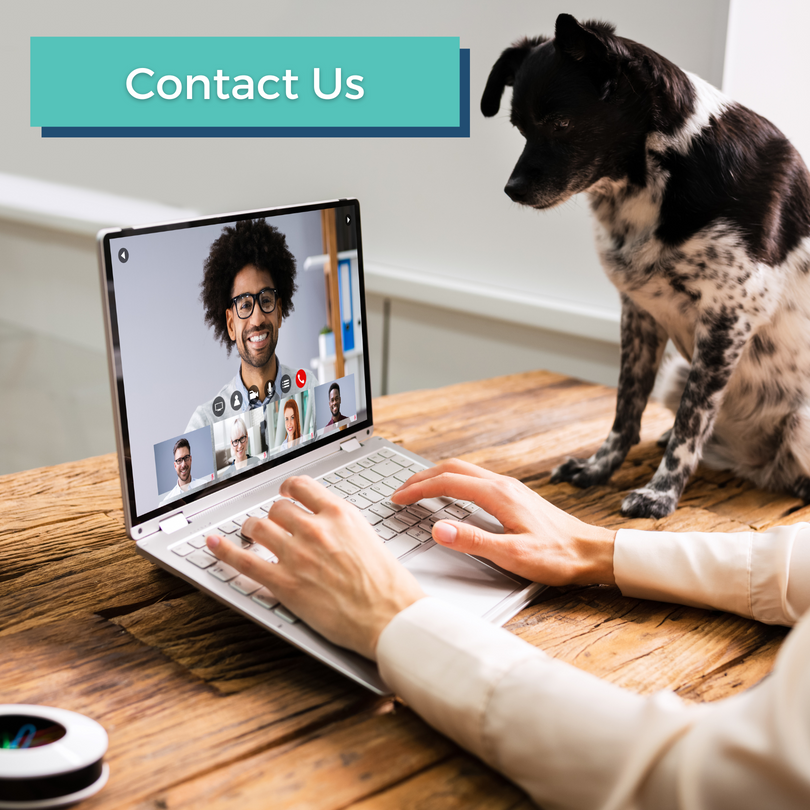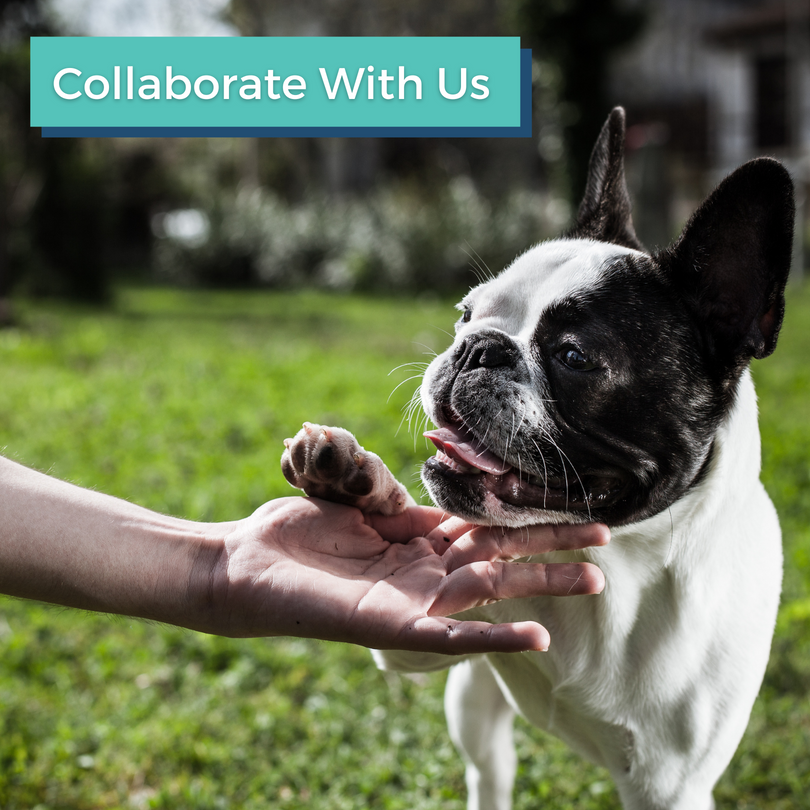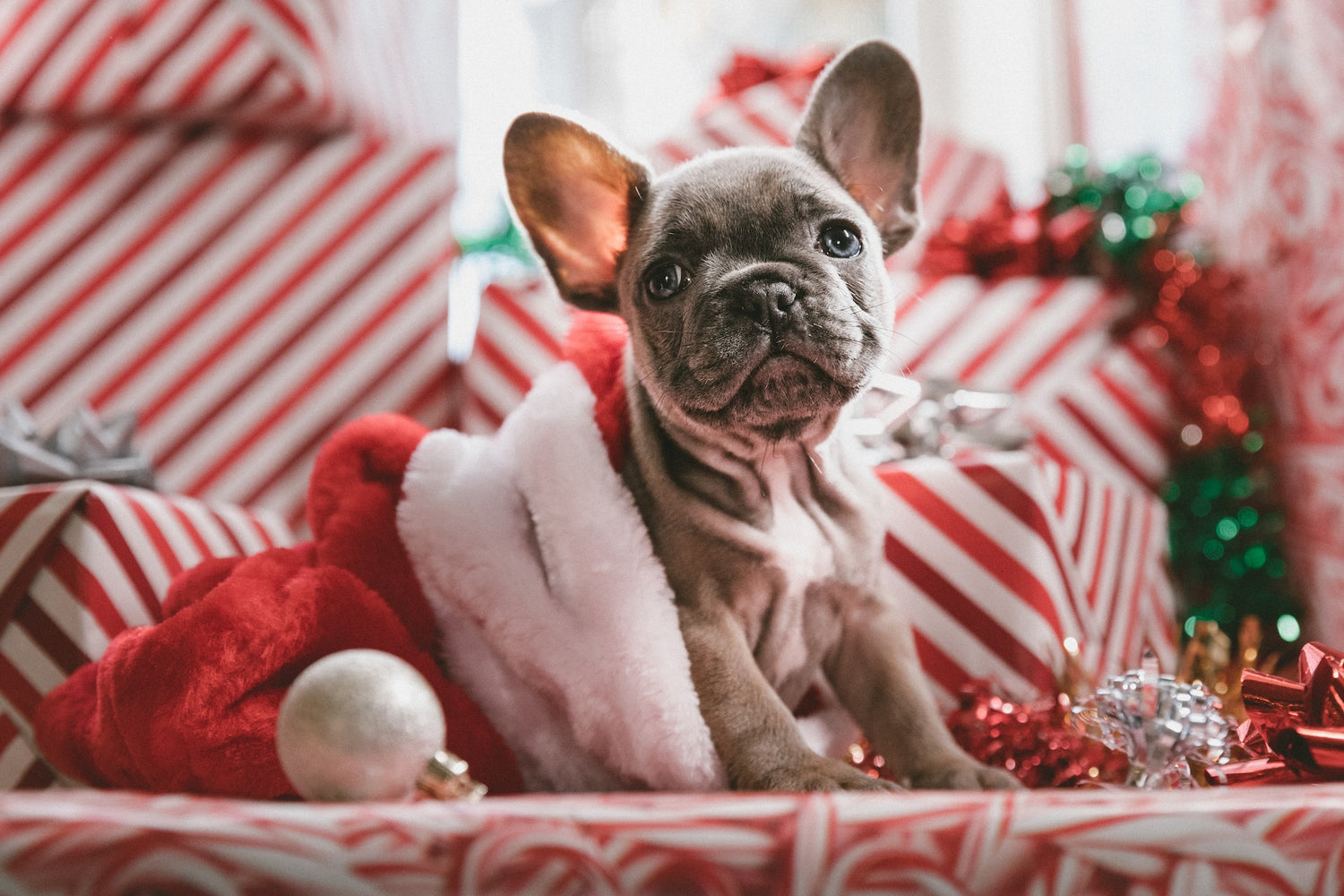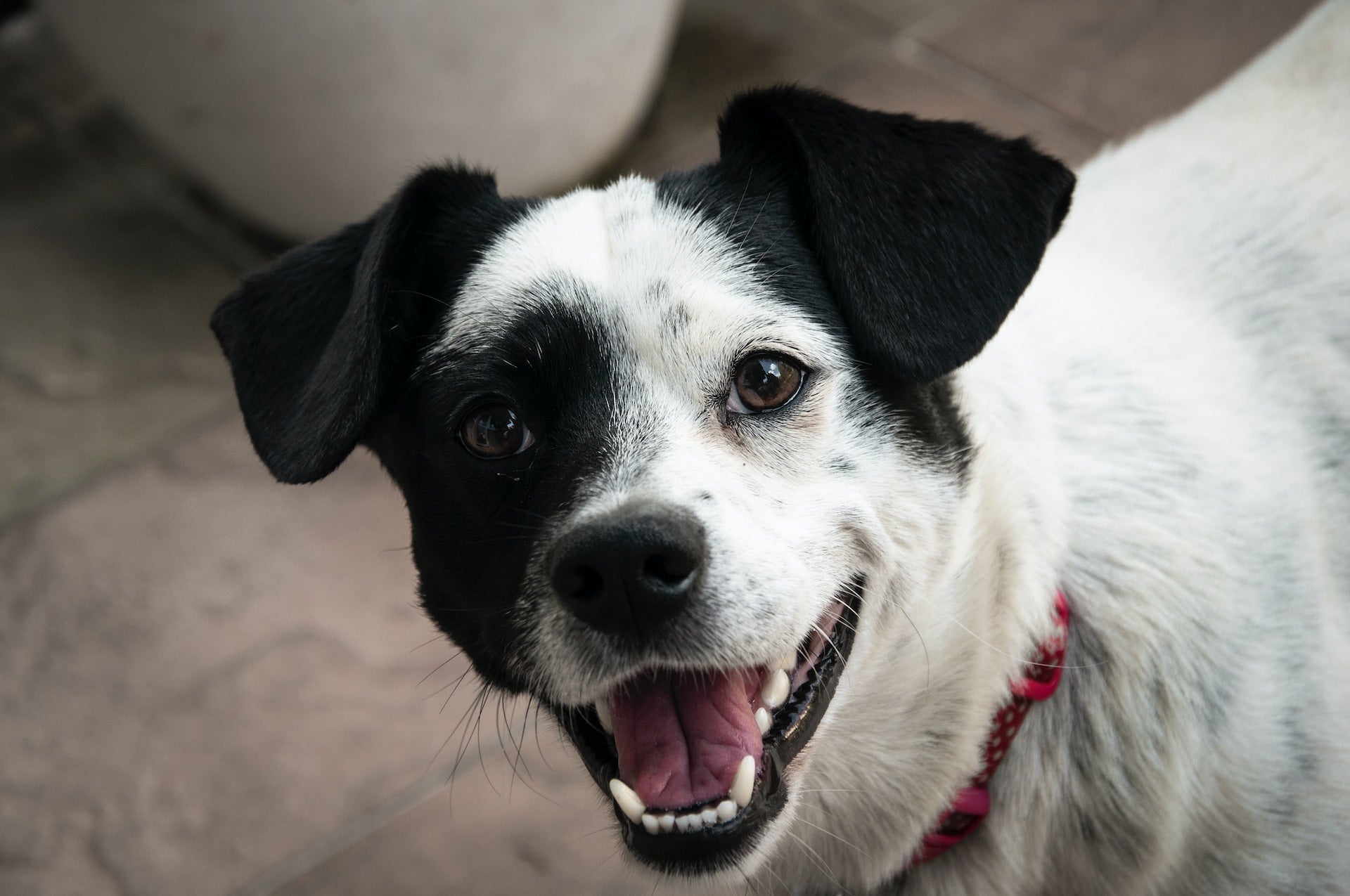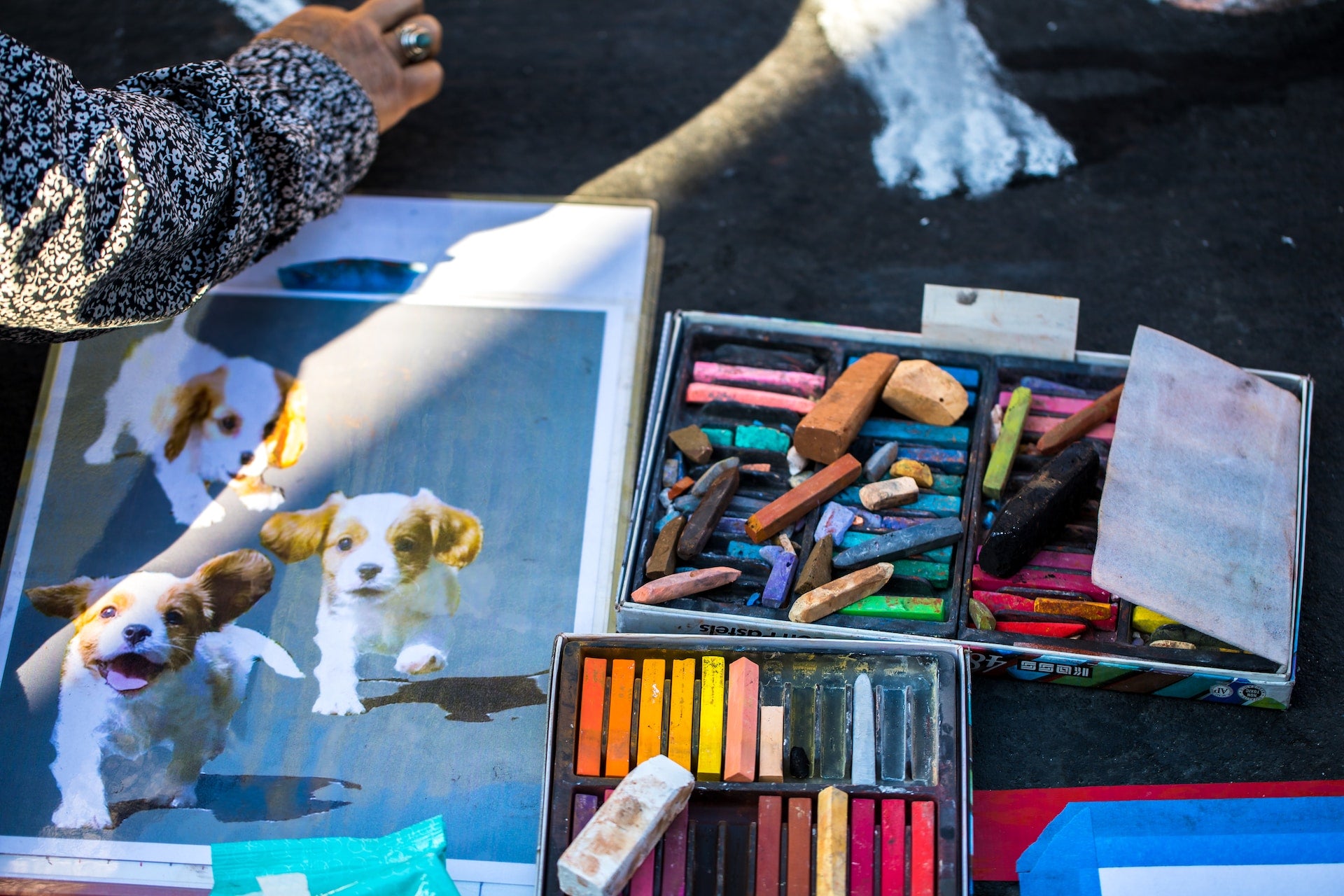Taking pictures of dogs can be a delightful and gratifying activity. Taking beautiful photos of our furry friends takes skill and time, whether you're a professional shooter or an animal lover. In this post, we'll go through the top five techniques for photographing dogs that can help you capture their true beauty.
We will walk you through everything from understanding the fundamentals of dog photography to editing your photographs. Bust out your camera, and let's get into it.
How to Get Started with Dog Photography

Before taking pictures of dogs, you should ensure you know the basics. Additionally, it can be tricky, given that canines are notorious for their unpredictability and continuous movement. Getting that ideal shot requires practice, flexibility, and technical know-how.
When taking pictures of dogs, it's essential to remember that they each have their unique character and level of activity. A dog's personality can range from mild and laid-back to frantic and restless. You must be patient and ready to wait for the appropriate opportunity to capture their distinctive characteristics.
Getting Ready for the Dog Photo Shoot
Now that you've mastered the fundamentals, it's time to prepare for the dog photography session. Creating the Ideal conditions at the optimal time to take photographs is a critical element that can significantly impact the quality of your dog photos.
Setting up a comfortable space for your dog

A relaxed dog is more inclined to cooperate and display a calm demeanor. You can get them comfortable with the filming environment by making sure it's somewhere they've been before and giving them some of their favorite treats or toys. The pictures will look more natural and appealing if the dog is calm.
When choosing the site for the shoot, it is essential to keep your dog's tastes and character in mind. You should take your dog to a beach or park if it enjoys being outside. Alternatively, if your dog prefers to be indoors, arrange a comfortable living space or backyard environment. They will feel more at peace and like themselves when seeing familiar items like their bed and toys.
Another critical part of having a pleasant environment is making sure the temperature is appropriate for your dog. If you must film outside on a hot day, provide shade and lots of refreshing water so they won't overheat.
How to Pick the Best Time to Snap Your Dog

A photograph is only as good as its lighting. Most of the time, natural light is best for taking pictures of dogs. Usually, low sun in the early morning or late afternoon is better for snapping dogs. It casts a gentle and pleasing light that gives your photos more depth and coziness. Stay away from harsh midday sunlight because it can make shadows that aren't attractive and take attention away from your furry friend.
Alongside light quality, the hour of the day can also impact your dog's conduct. You might want to plan the picture shoot for when your dog is most lively and energetic. This could be first thing in the morning for some dogs or late at night for others. If you take pictures of your dog at the correct time, you can snap its lively nature and true colors successfully.

